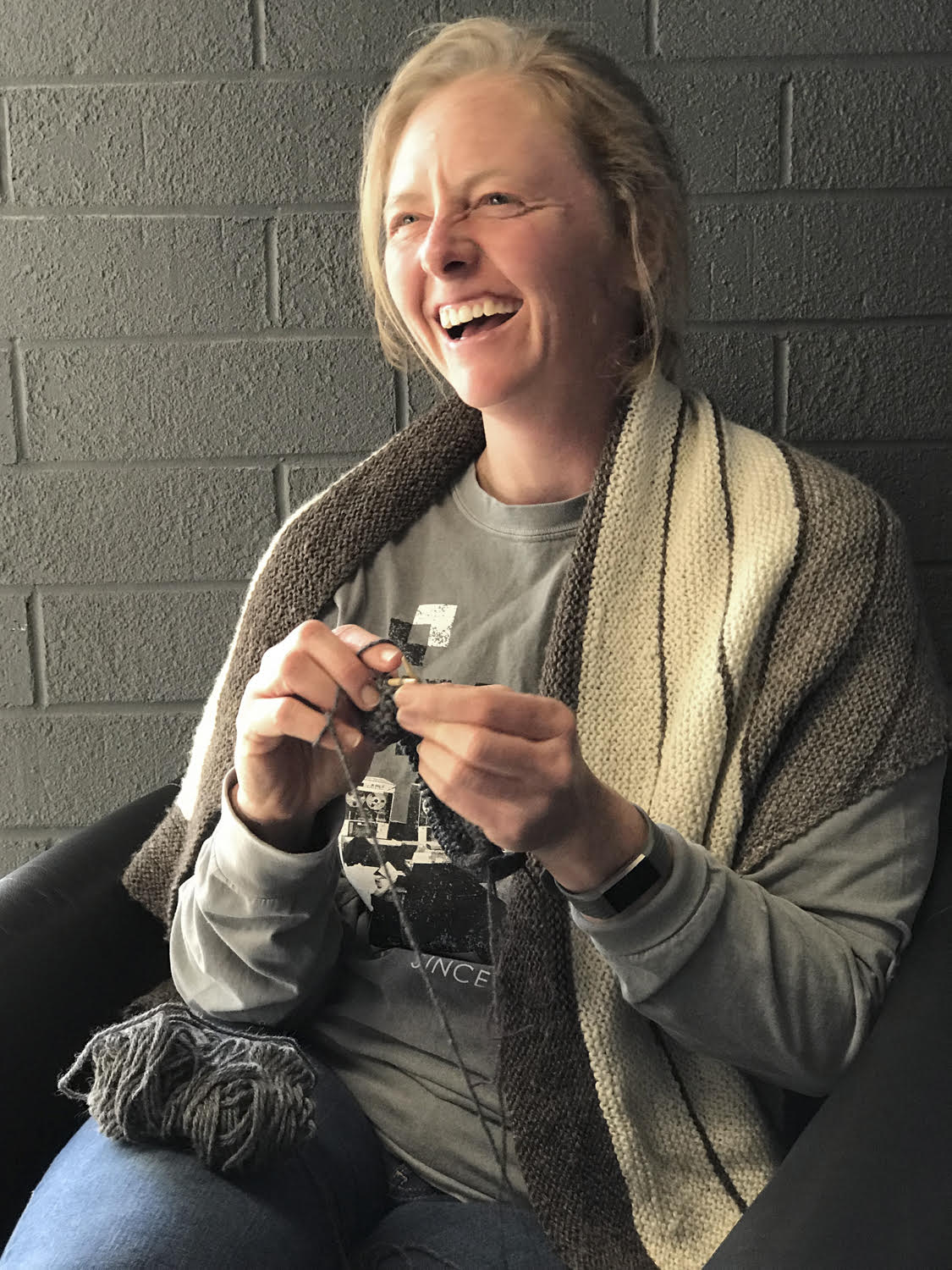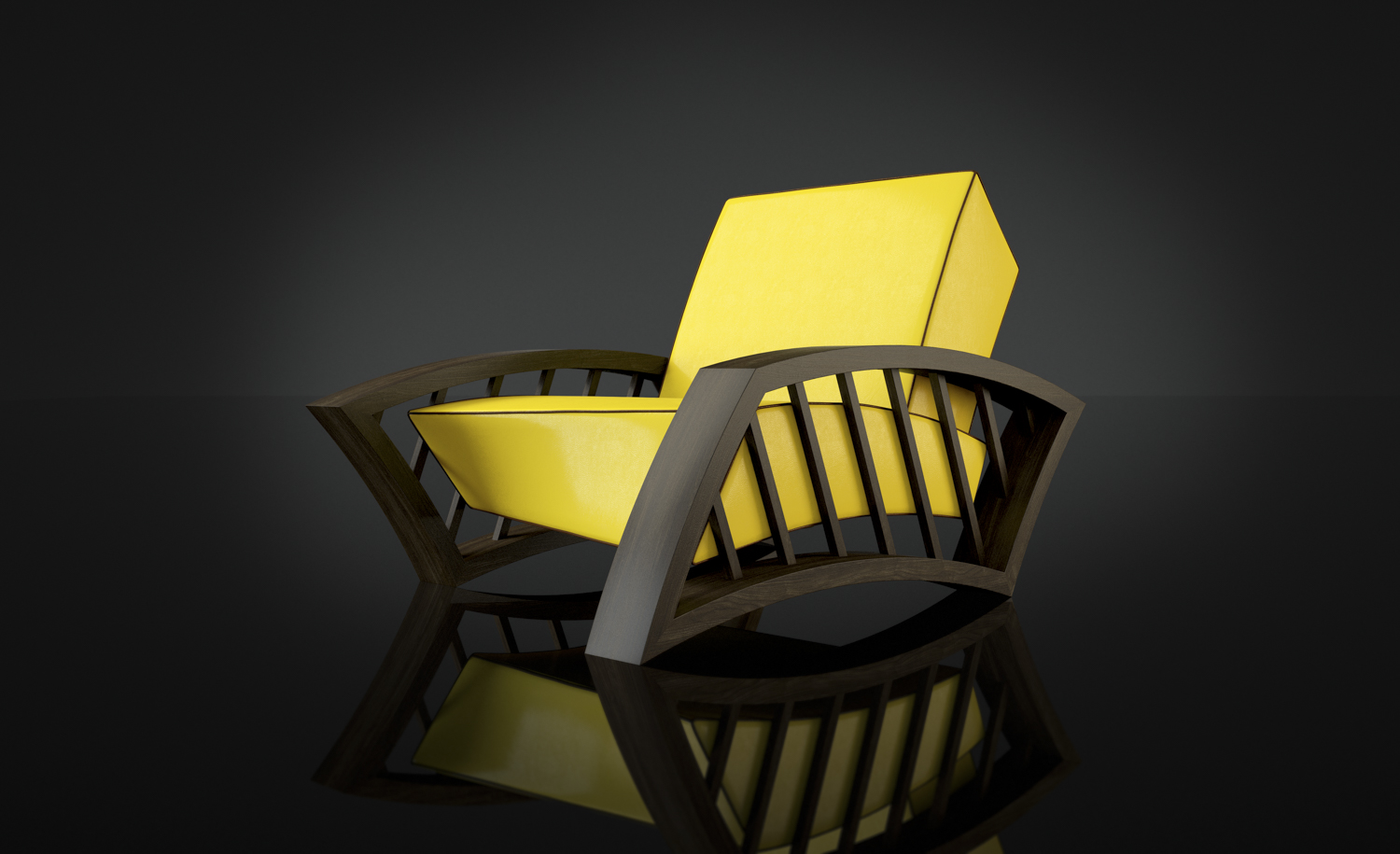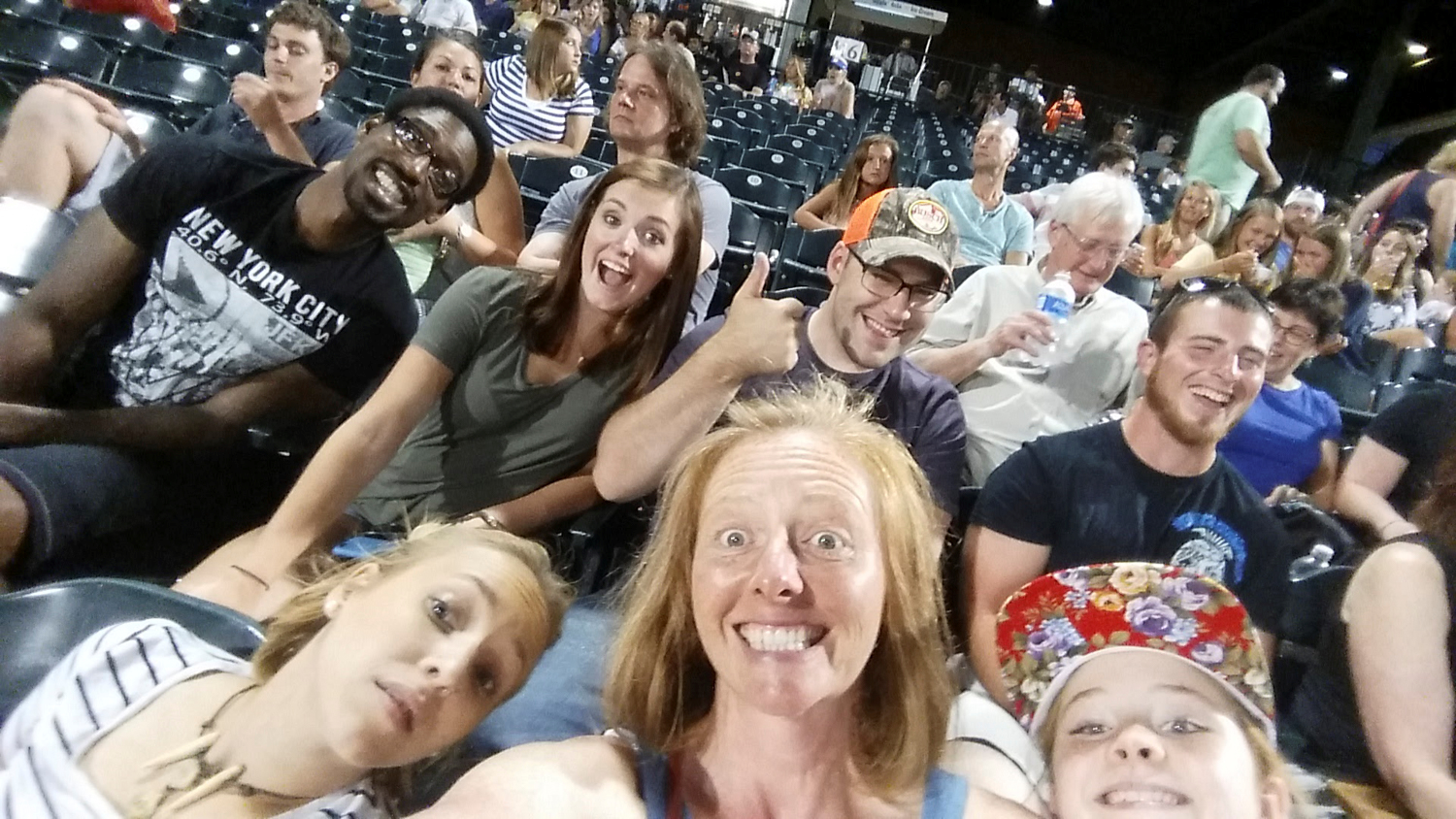Our images are stunning and unique because of the people behind them. Contributions often come from areas of expertise that may not be directly related to CG imaging, such as cooking—or in Mandy Powers’ case, fabric and textiles.
“I love building things, making things out of nothing, doing stuff with my hands. Sewing from a pattern is very soothing for me,” she says.
Mandy, who has sewed since she was little, uses her mom’s old Kenmore machine to make clothes, curtains, craft projects and Halloween costumes for her kids, including a dog, frog, witch, princess, pirate, storm trooper, grim reaper, zombie, and Wonder Woman.
A bit of a Wonder Woman herself, Mandy's other skills include knitting, designing knitwear and spinning her own yarn. And if that weren’t impressive enough, she’s even published a book of knitting patterns and sells her patterns on Ravelry.com.
As project manager at PIX-US, Mandy oversees our process from idea to image. Even though her job focuses on logistics, she draws on her life experience in fabric and textiles to make significant contributions to aesthetics.
“When I review PIX-US images in production, I can quickly spot mistakes with textiles that wouldn’t be obvious to the average viewer,” Mandy says. “For instance, I can tell what material should or shouldn’t be used to upholster a sofa or chair. And if you’ve never knitted your own sweater, then you might not understand the qualities, drape and construction of knitted material.”
Out of habit, Mandy’s eyes dart directly to any textiles in our images. “Because we’re a small team, we all give our input,” she says. “When I’m able to give input on a fabric-related item, it helps production.”
...









